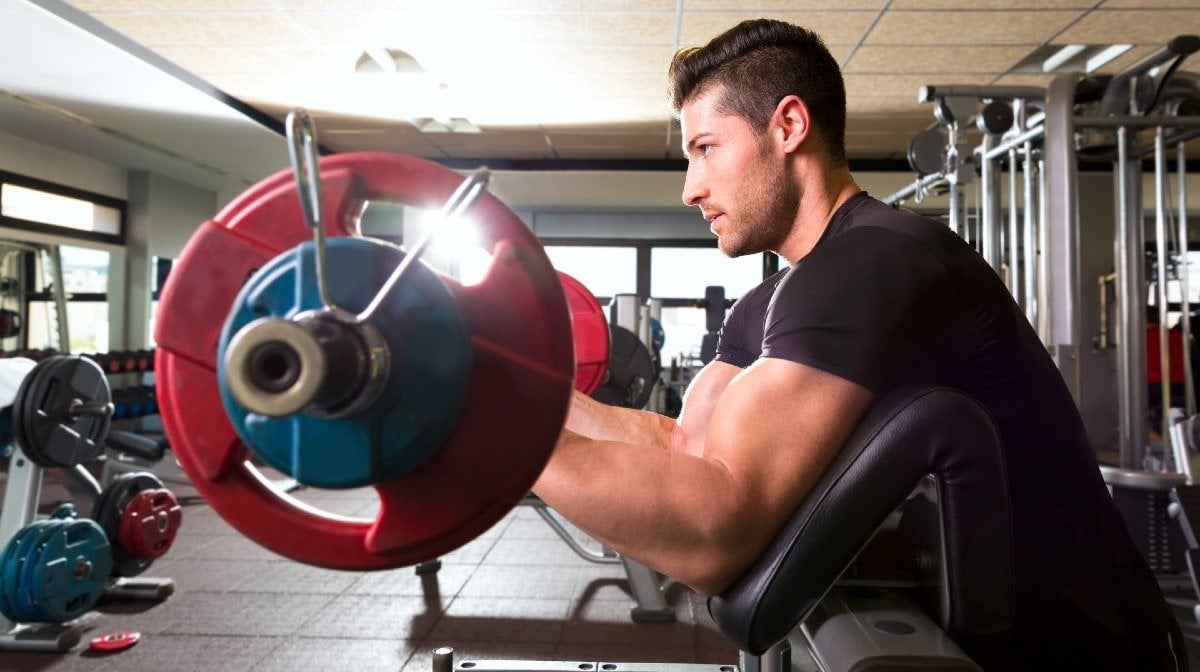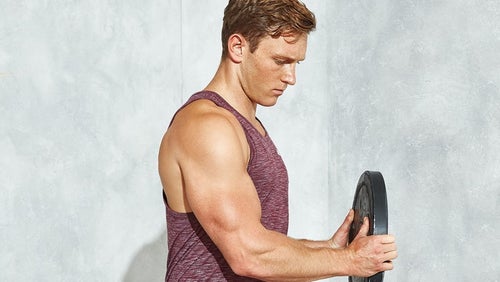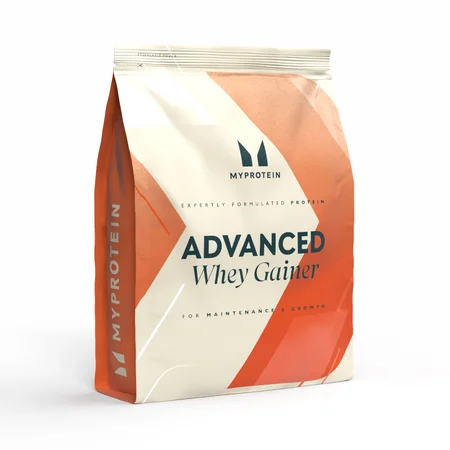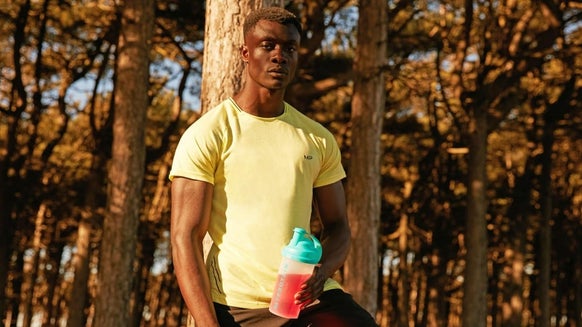How To Perform The Concentration Curl

The concentration curl is an excellent isolation exercise for the biceps, predominantly loading the long head of the muscle. The name comes from the position that you will end up in when performing the seated variation of the exercise, resembling the famous statue ‘
This article will run through how to perform this exercise effectively, with all the needed do’s and don’ts!
How To Perform Concentration Curls
Sit down on a flat bench with your legs positioned slightly wider than shoulder width apart (the stance used in the video is different, but the concept is still the same – both methods are effective!). Your knees should be bent and feet flat on the floor. At this stage of the exercise, the dumbbell should be on the floor, between your legs. With one arm, firmly grip the dumbbell whilst keeping the previously mentioned body position. Place your resting arm on your leg to support your upper body. For example, if you are training the right bicep, the left arm will be resting and placed on the left leg. With the triceps of the arm being worked pressed against the inside of your leg on the same side, flex at the elbow. This will move the dumbbell in a curling movement until your elbow is fully flexed and the biceps cannot contract any further. Realistically, the dumbbell should reach to around shoulder-height. Once this point is reached, pause for a brief second, and squeeze the working bicep. Remember, ‘concentrate’ on that mind to muscle connection! Return to the start position in a slow and controlled manner, until the elbow is fully extended again. Once the required number of repetitions have been performed with one arm, switch arms and apply the same technique.

The 6 Best Bicep and Tricep Exercises for Mass
There's more to arm day than bicep curls, trust us.
Common Mistakes and How to Fix Them
Excessive Load Used
When the weight used is too heavy, then range of movement tends to be compromised. Additionally, this tends to result in the exerciser using momentum to shift the weight. This will ultimately result in fewer motor units being recruited & less eccentric muscle damage being made, ultimately hindering strength and size adaptations from being made. Simply reduce the load and focus on technical execution before increasing the load.
Not Using a Variety of Methods
Using varying stimulus can help to adapt the exercise based on the needs of the individual. This means that you can manipulate the exercise to make it easier or more difficult, without changing the load (e.g., performing this exercise with a 45-degree bench instead of seated at the end of the bench). Additionally, using different training systems can help to vary the stimulus, ensuring that you are working with sufficient intensity to promote adaptations.
Mind-Muscle Connection
Going through the motions when you are working out is unlikely to get you the results that you want. Not only does the exercise need to be intense enough, but so does the effort that you put in. Being focused when you exercise is important, as it is essential when you are trying to present your muscles with sufficient stimulus to adapt to.

Take Home Message
As with most muscle groups, the biceps will respond well to isolation exercises. The concentration curl is just one example of an effective exercise to strengthen and grow your biceps. Once you become well-conditioned to this exercise, DOMS will likely no longer be intense, so you may also be able to train the muscle group more frequently.
Don’t forget to make sure your sleep and nutrition are sufficient to support the work you put in at the gym!
READ MORE HERE:





